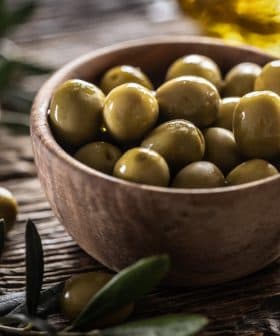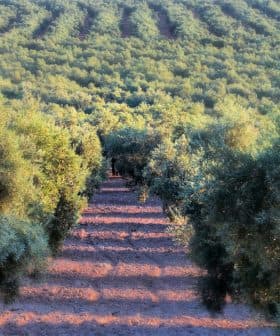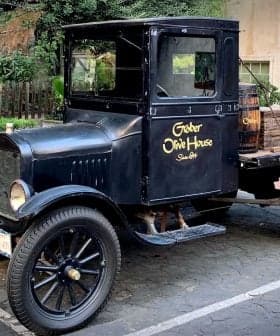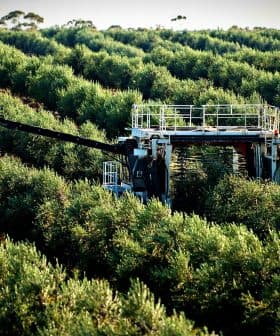California Table Olive Harvest Exceeds Expectations Despite Pandemic, Wildfires
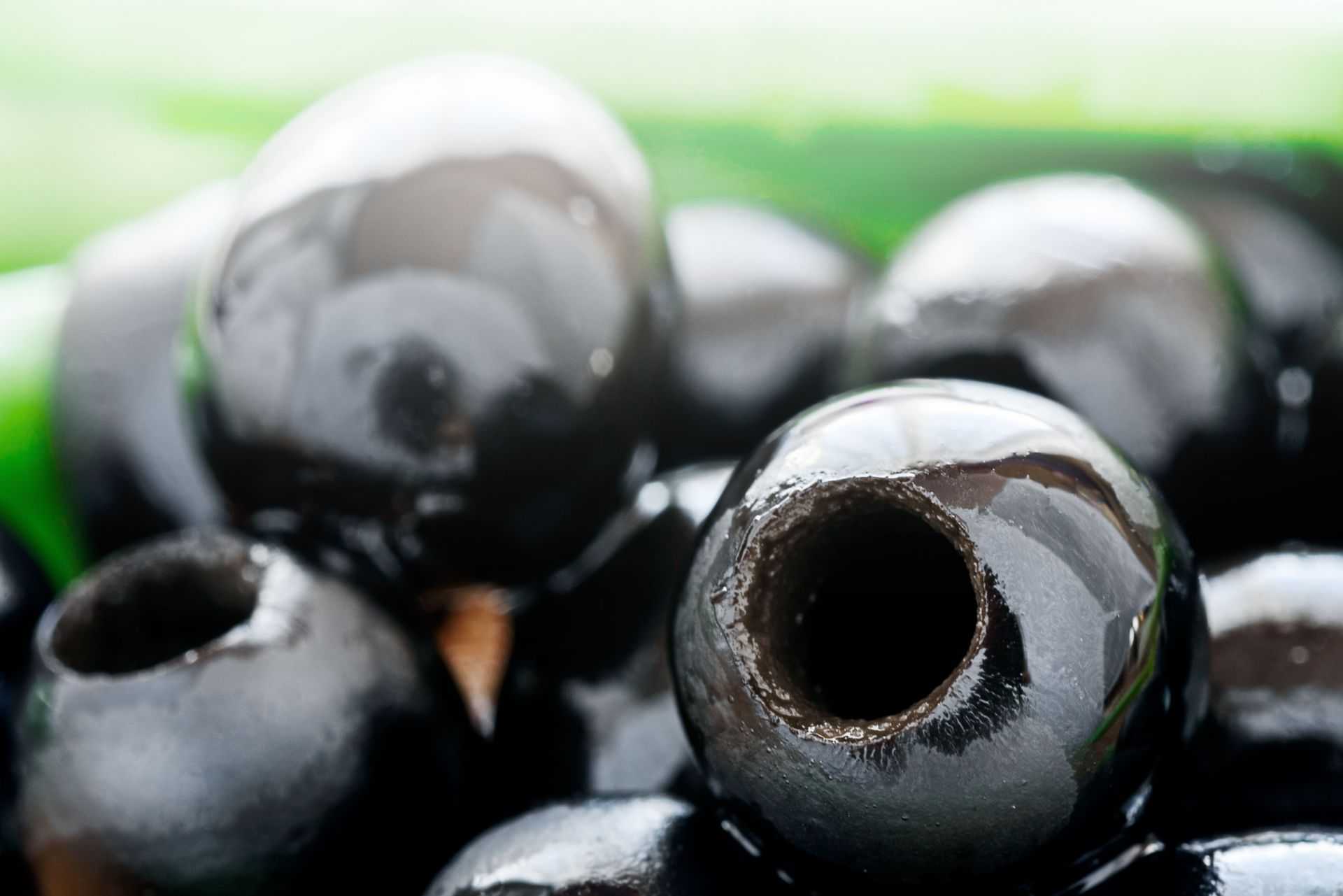
Despite the challenges of the Covid-19 pandemic and wildfires in 2020, California’s table olive producers are expecting a better harvest than anticipated, coinciding with an increase in sales. Musco Family Olive Company has adapted to meet the increased demand and has implemented enhanced safety measures to protect its workers from Covid-19, with plans to transition to more efficient orchard systems in the future.
2020 was a challenging year for agricultural producers around the world. Olive growers in California not only had to contend with the various challenges associated with the Covid-19 pandemic, but they also confronted record-setting wildfires.
In spite of this, California’s table olive producers are expecting a much better harvest than previously thought, which has coincided with a reported increase in sales.
In 2020, we have seen grocery sales up an average of nearly 20 percent and even higher for olives.
Dennis Burreson, the vice president of field operations and industry affairs at Musco Family Olive Company, said his company had to make several changes to cope with both sets of challenges.
This year’s crop was more than 35,000 tons, according to John Segale, Burreson’s public relations representative. The number exceeds the 24,000 tons expected by the California Olive Committee and the 30,000 tons anticipated by the United States Department of Agriculture, according to Burreson. Musco accounts for about 19,500 of that 35,000 tons.
See Also:2020 Harvest Updates“In 2020, we have seen grocery sales up an average of nearly 20 percent and even higher for olives,” Burreson told Olive Oil Times. “Grocery analysts attribute this to the fact that consumers reconnected with, or discovered, a love for cooking during the early months of the pandemic.”
Musco has worked to meet the increased demand while also keeping up-to-date with enhanced safety measures introduced as a result of the pandemic.
Musco Family Olive Company owns its own processing plant in Tracy, about 50 kilometers east of the San Francisco Bay, and contracts with olive growers throughout the state. Burreson said his company has an “aggressive” approach to fighting Covid-19.
“We have continuously evolved our protocols to address changing conditions and we have repeatedly gone above and beyond current government and industry recommendations,” he said.
“To date, our commitment and these efforts have proven to be successful in reducing the risk of exposure in the workplace,” Burreson added. “We have never had to shut down the operations during the pandemic which has enabled us to keep up with the increased demand of California-grown olives.”
The company’s new routine looks similar to that of many other businesses: increased sanitization, handwashing, temperature checks and wearing masks in the workplace.
“Any infected individual is required to remain isolated until their doctor has determined they are virus-free and can return to work,” Burreson said. “As a safety precaution, the company notifies employees who had close contact with the individuals and sends them home to self-quarantine. Per company policy, those employees may return to work once they have been cleared by public health officials.”
Despite initial worries about supplies, Burreson said that his company was able to get what they needed when the time came to harvest the crops. He added that the pandemic affected the company more than the wildfires.
“Make no mistake; 2020 is an unforgettable year for so many reasons,” Burreson said. “However, the fires produced poor air quality but resulted in no damage to the olives.”
Todd Sanders, executive director of the Olive Growers Council of California, said that the pandemic did cause challenges for some producers, in terms of procuring enough N‑95 masks when air quality declined due to the wildfires. Most were able to get what they needed, he said.
“I don’t think anybody, even the governor’s office, could have anticipated a pandemic and wildfires would be going on at the same time,” Sanders said.
He also confirmed the sudden increase in consumer demand for olives this year.
“California canners were aggressive about getting them in front of retailers and customers,” said Sanders, who also acknowledged more of an interest in buying locally-grown produce.
He said that while the pandemic was initially a shock in March, growers have adapted and begun to expect changes. Sanders added that those working in agricultural fields “are some of the most adaptive and creative industries in the world.”
He issued a reminder that behind the produce on store shelves are real people working in a tough environment.
“It has been hard,” Sanders said. “These are farmers and growers and they have children, and they have kids at home and not at school.”
See Also:California Farmer Learns to Adapt to Constant Change“They have to get the crop off and have to work with workers who have kids at home, too. It’s hard and difficult to navigate,” he added. “And there’s the stress of it, too. California is taking an aggressive stance on Covid-19, which is positive, but it’s been hard to adapt to.”
Despite a generally difficult 2020, Burreson remains optimistic for the future of his company. He said that Musco plans to not only survive but thrive.
“The key is efficiency,” Burreson said. “The table olive industry’s transition to high density, mechanically-harvested and pruned orchards is inevitable given the earlier success in California’s almonds, walnut, prune, pistachio, olives for olive oil and other tree crops.”
“The modern acreage configuration for table olives is like those orchard systems, with increased tree count, efficient irrigation methods, mechanically adapted spacings and tree structure,” he added.
According to Burreson, modern olive groves are planted with about 250 trees per acre (100 trees per hectare) compared with the 60 to 80 trees per acre (24 to 32 trees per hectare) that are typical of traditional groves.
“The yield is essentially doubled per acre which provides improved grower returns and excellent efficiencies while greatly reducing harvesting costs,” Burreson said. “With the increased yields of modern acreage, this new acreage will not only produce the highest quality olives in the world but also the most economical olives for U.S. consumers.”





